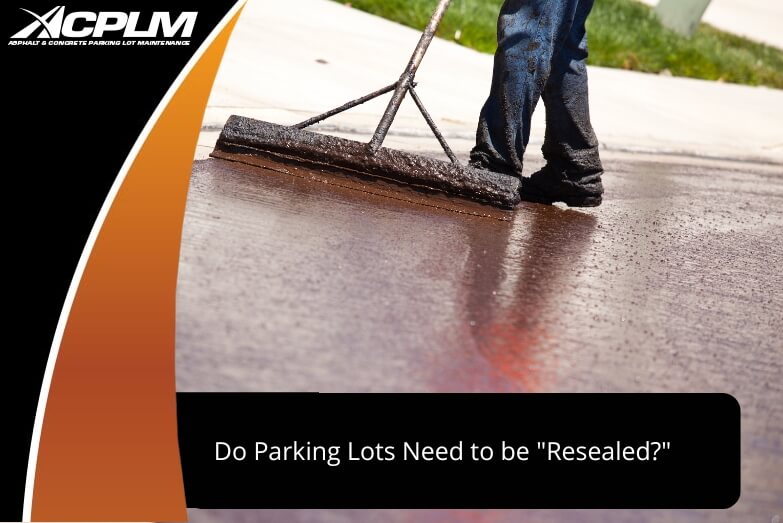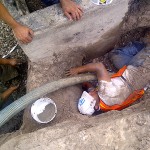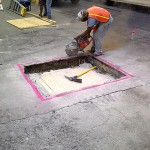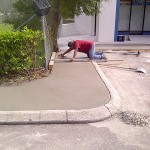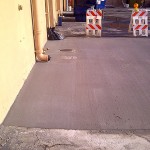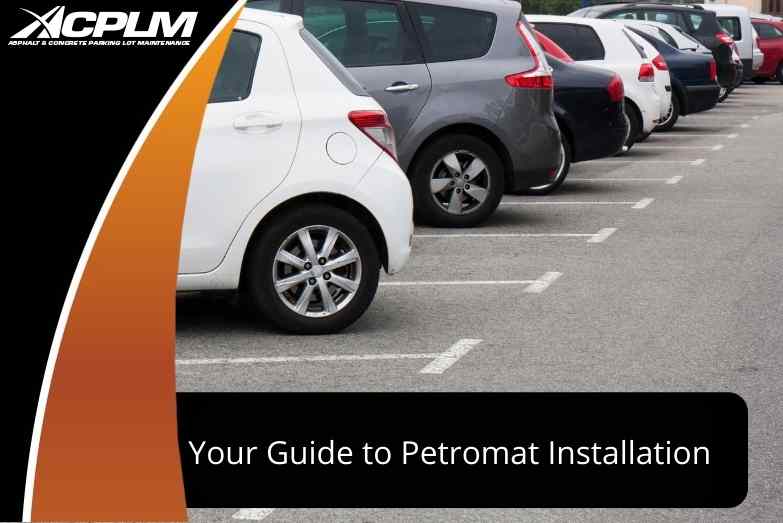
Petromat Installation Guide for Commercial Property Owners
Excess moisture can damage your parking lot, especially if it reaches all the way down to the base. Even worse, by the time you see any cracks or holes on the surface, it might be too late to fix the problem.
Still, while it is not possible to stop water from reaching your asphalt pavement, there is something that can help you reduce the amount of moisture that seeps in: Petromat overlays.
Petromat overlays are a bit complex, and with this Petromat installation guidewe’ve got you covered. But before we get to this, let us first discuss what Petromat is.
What is Petromat?
Petromat is a nonwoven propylene asphalt paving fabric. Along with asphalt tack coat, it creates a pavement moisture barrier between pavement layers.
Aside from reducing moisture infiltration, each paving interlayer acts as a stress absorbing interlayer that prevents reflective cracking and other types of damage on the asphalt and concrete.
Installing Petromat overlays is one of the best ways to protect and extend the life of a roadway or parking space.
What is the Process of Petromat Installation?
Petromat systems are complex, but this Petromat installation guide will help you see each step of the process.
-
Preparing the surface
The first step involves clearing the pavement surface of all debris, including small rocks, dirt, water, and other particles. Once the surface is clean, look for cracks and holes. Fill all those that are bigger than 1/8”.
-
Applying the Tack Coat
Once the surface is ready, the next step is the tack coat application. As a rule, the tack coat applied must be two to three inches wider than the Petromat overlays. It is also essential that the right amount is applied properly. Too much or too little tack coat can lead to the delamination of the overlays. You need to ensure that you apply the right amount, apply 0.22 to 0.30 gallons for every square yard, depending on the roughness and porosity of the pavement.
-
Installing the Petromat
With the tack coat applied, you can now install the Petromat fabric. First, make sure that the fabric has been stored properly by checking the plastic wrapper that it comes in. If it is intact, there is a good chance that the fabric is also undamaged and, therefore, ready for use.
Next, make sure that the tack coat previously applied is still sticky enough to keep the fabric in place. Otherwise, you would need a pneumatic roller to secure the fabric to the tack coat.
Before you apply the fabric, look for its fuzzy side first. This side should be facing down to the tack coat while the smooth side is facing up. The fabric is usually sold in rolls to make application easier.
Make sure that you unroll the fabric gradually to minimize the formation of wrinkles. If there are any overlaps, make sure that you apply tack coat between the two layers of fabric. Take note that the tack coat’s temperature must not exceed 325⁰F during the application. Also, make sure that the overlap is one to three inches wide and that it follows the direction of the overlay.
Before we end this Petromat installation guide, it is important to reiterate how important it is to implement these overlays. If done right, they can extend the lifespan of your asphalt or concrete significantly.
To get the most out of your Petromat installation in Tampa, make sure that you deal only with qualified experts like Asphalt and Concrete Parking Lot Maintenance.
Call us today at 888-959-9637 or visit our website for a free quote if you have any questions.







